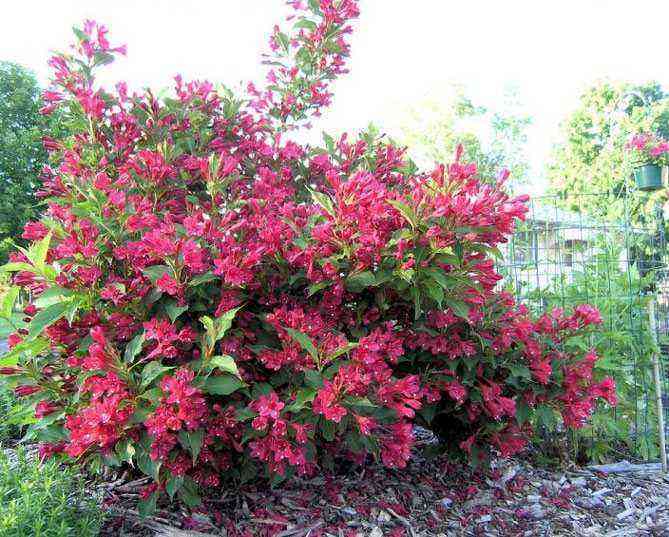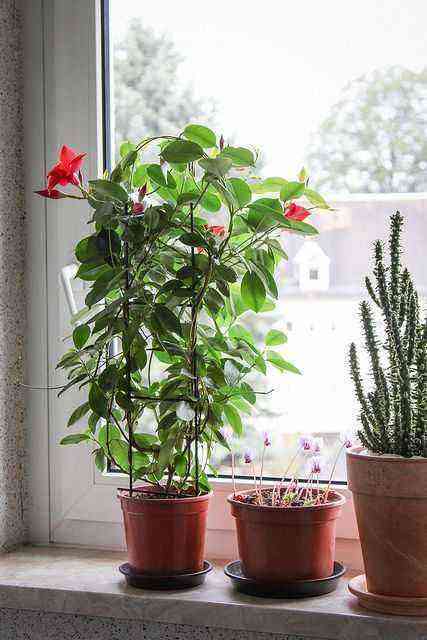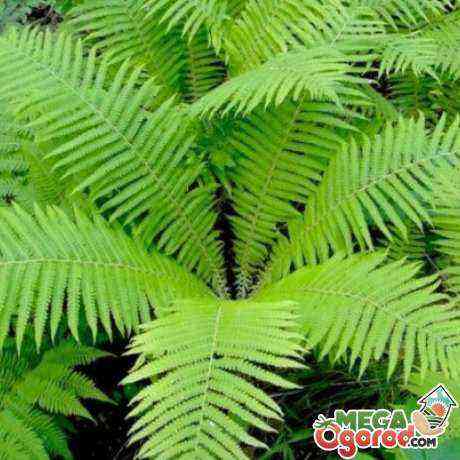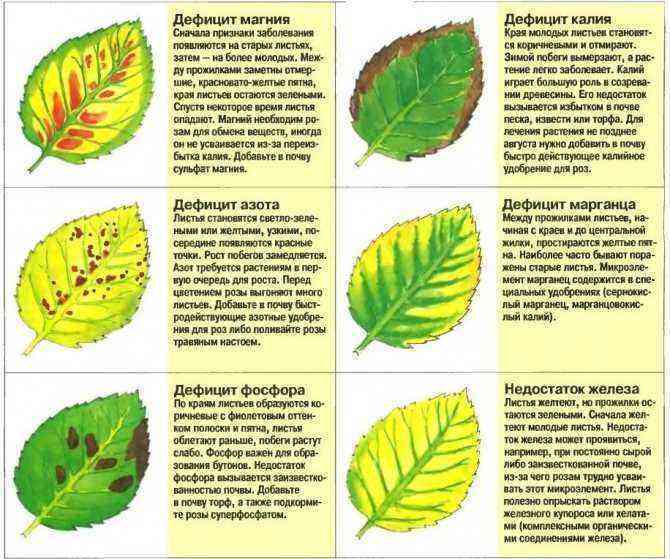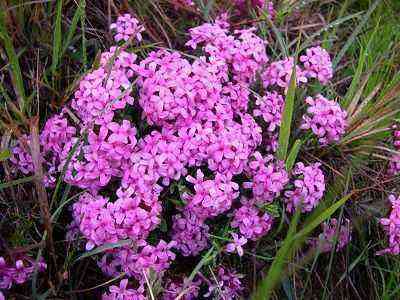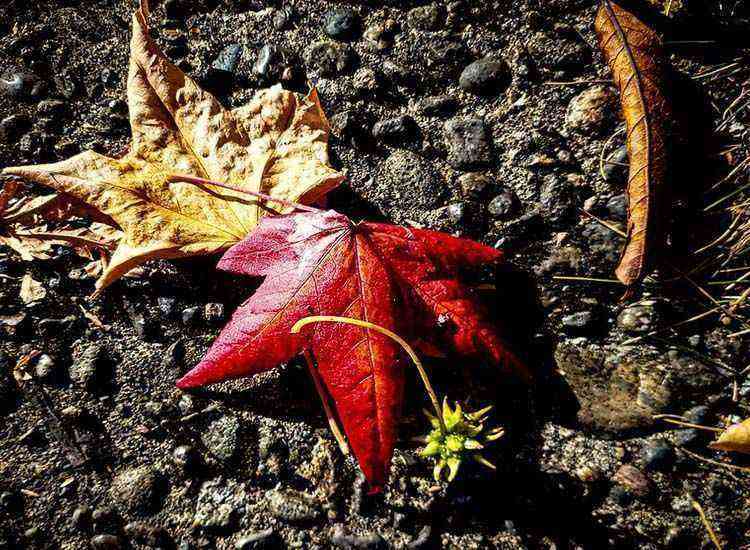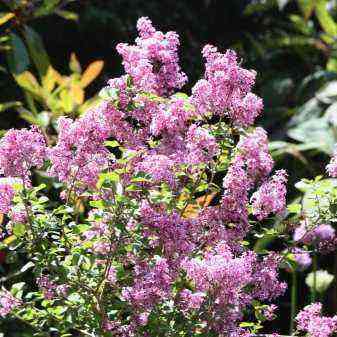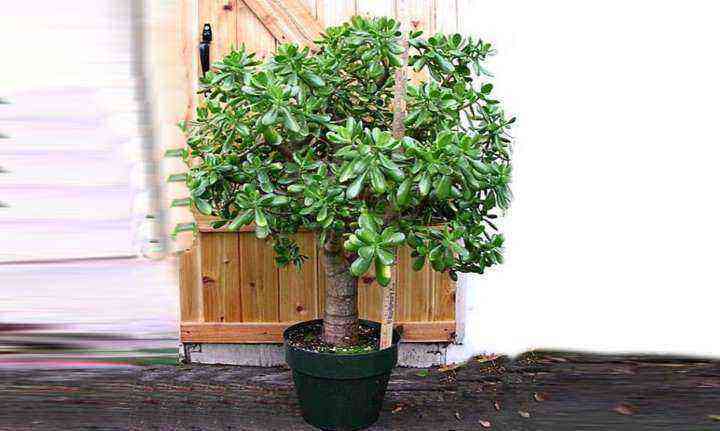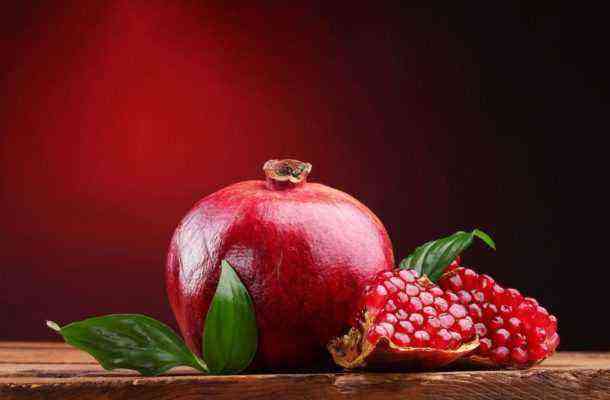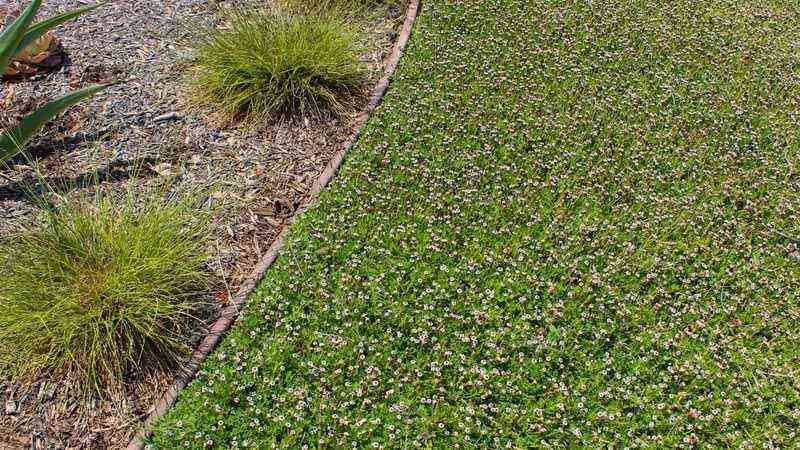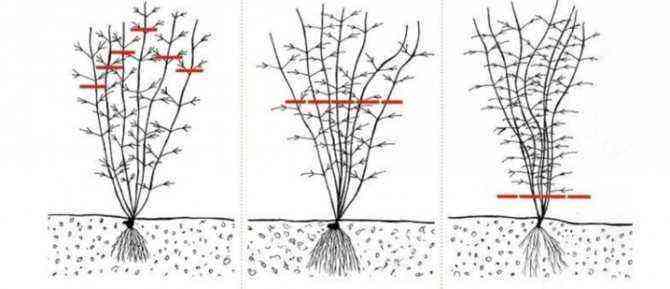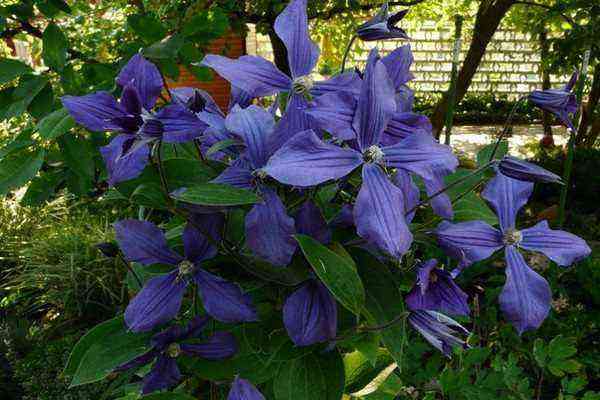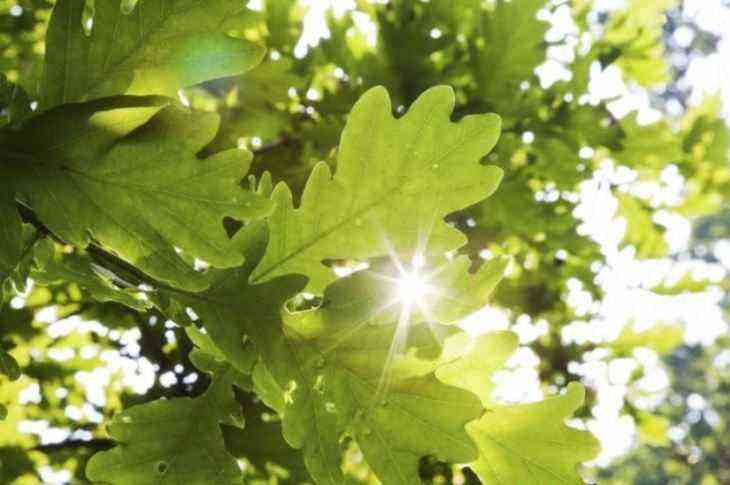Today we bring another of these wonders from which we can take advantage of practically the entire plant, the nasturtiums (Tropaeolum majus). We can use its flowers, its leaves and its seeds, in addition to the aesthetic contribution that they give to the garden, orchard or planters. It has no waste!
What is Capuchina?
La capuchina or also called taco de reina (Tropaeolum majus) is native to South America but is acclimatized practically anywhere so we will not have problems when planting it in the garden. Its leaves have an intense flavor, similar to watercress but perhaps somewhat stronger.
It is widely consumed in South America and somewhat less in the US. In Europe it is less known as edible (yes as ornamental) but it is already gaining fame. It’s a matter of tasting the salad leaves and deciding if we like it or not.
The flowers They are softer in flavor than the leaves but they also give that different touch to the dishes. More and more flowers and petals are being used as an ingredient in many dishes and salads. A while ago we talked about the calendula petals to this end. Nasturtium is another flower, which will give a very authentic touch to a salad, for example.
How to plant and care for a Nasturtium
Climatic characteristics of the nasturtium
The temperatures in which you are comfortable are medium-high temperatures. It is not very cold friend. Frosts are your worst enemy. With that we say it all. Saving this limit, we will have no problems.
La Sun exposure It will make it grow at breakneck speeds. It is a very fast developing plant. If you plant it in the garden, we recommend that you space it well with respect to the crops and control its growth a lot. It is considered an invasive plant. It is also tolerant and grows well in shady areas. In fact, it is used as a protector against aphids for fruit trees, planting them at the base of the tree.
Soil and irrigation needs
Loose, nutrient-rich and well-drained soils will be best suited, although they have good resistance and can thrive on lower-quality soils.
Un moderate watering it will be enough to properly maintain this plant in our orchard or garden.
Collection of flowers, seeds and leaves
For the leaves there is no special collection time. It can be done at any time.
The flowers are evident when they are open and turgid. Thanks to their long flowering period we can enjoy them during spring, summer and part of autumn in some places.
If you want to encourage yourself to pickle the seeds, collect them when the flowers begin to decline and before the petals fall. If it takes longer, the seeds become too hard. Pickling processes can vary greatly. What is necessary is a quality vinegar.


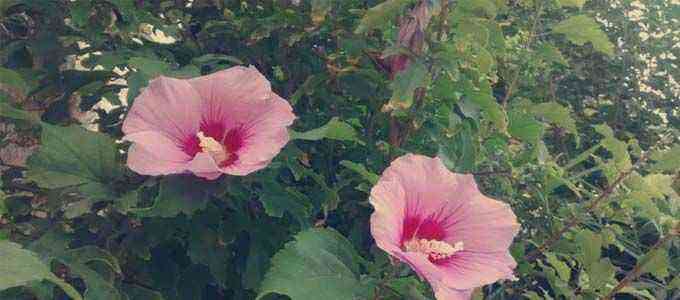
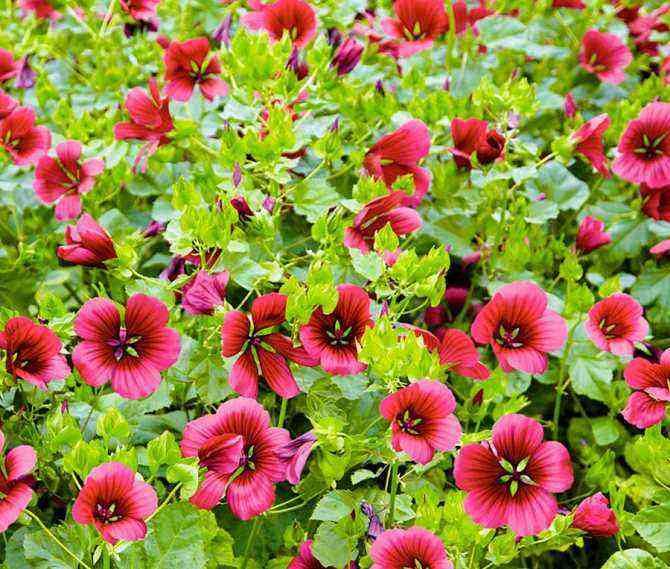
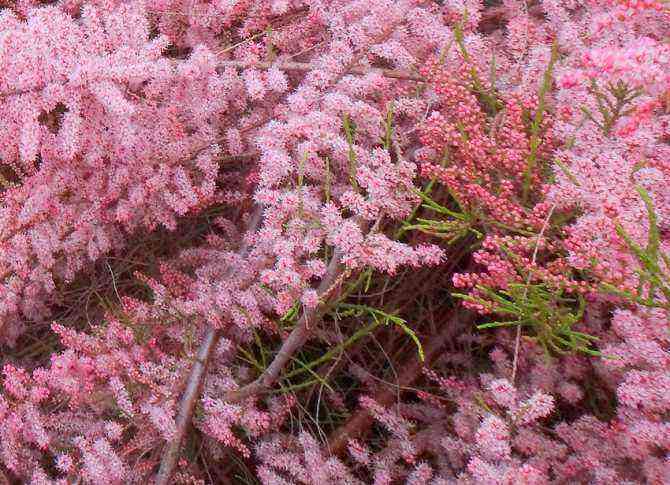
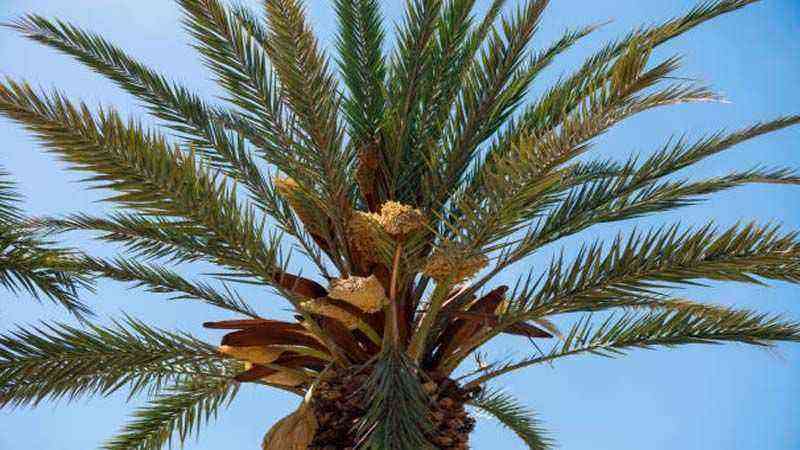
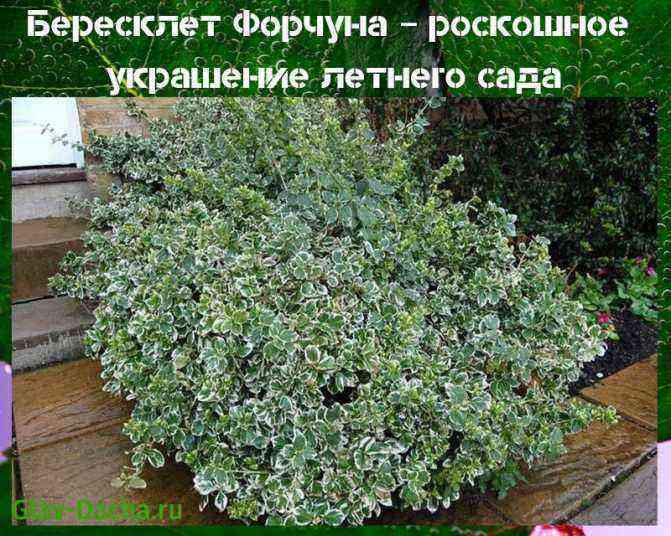
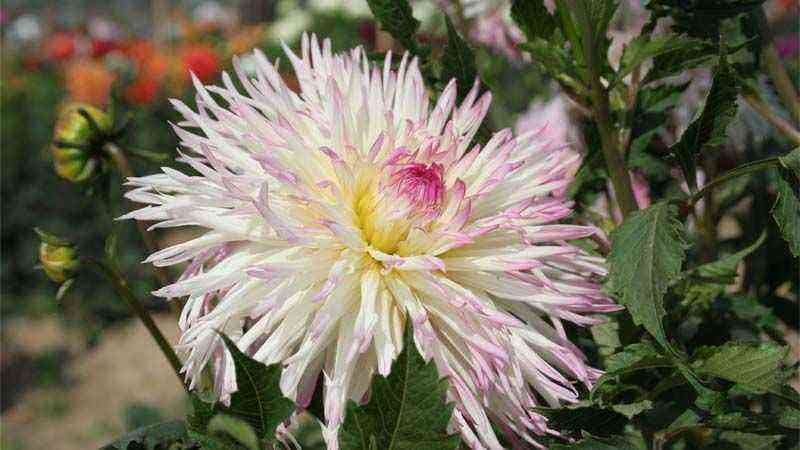
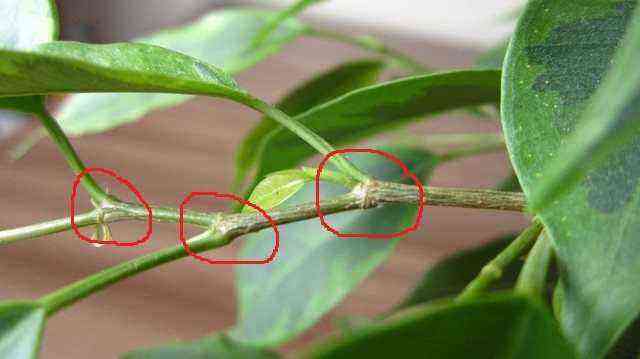
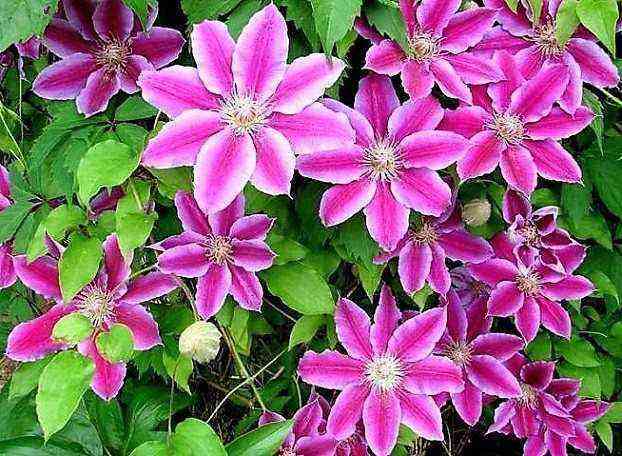
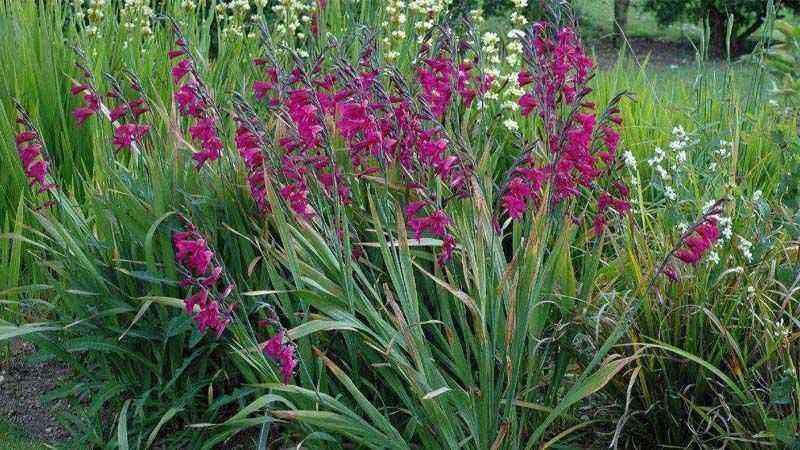
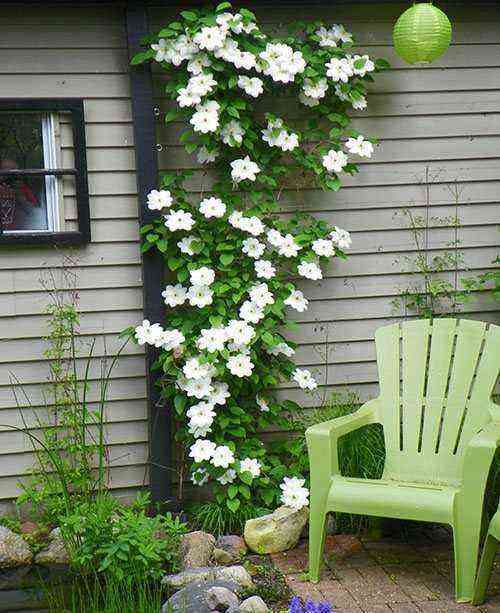

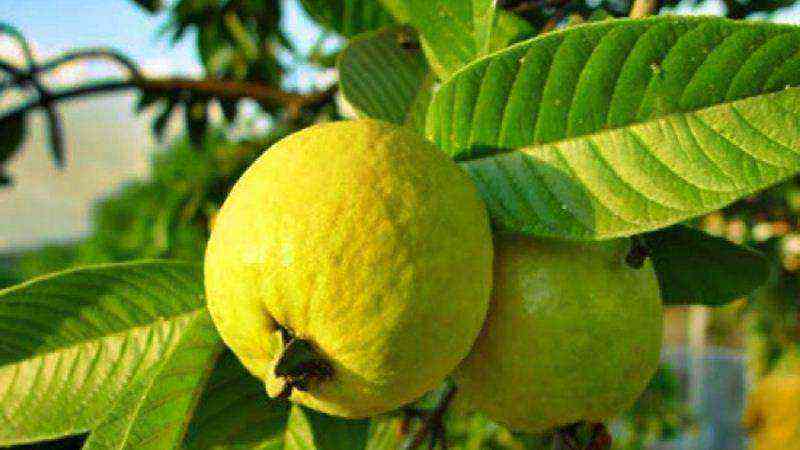
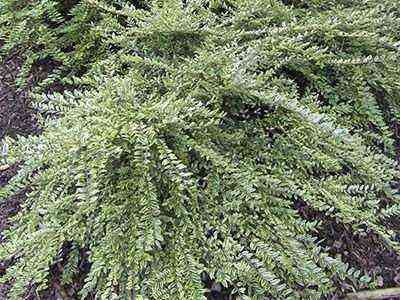
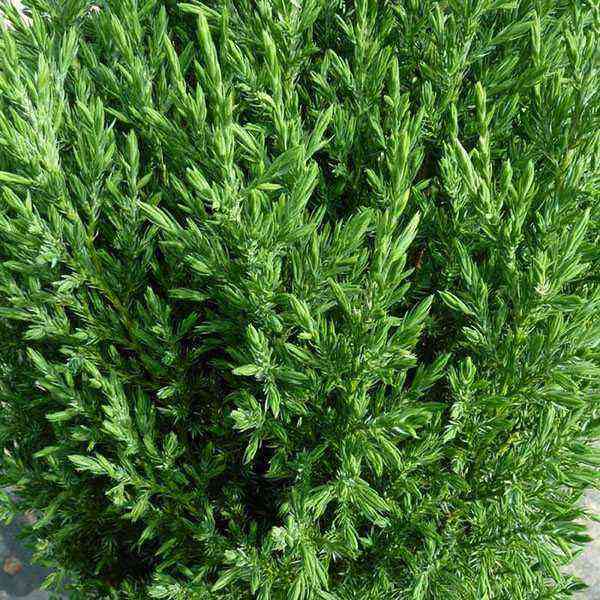
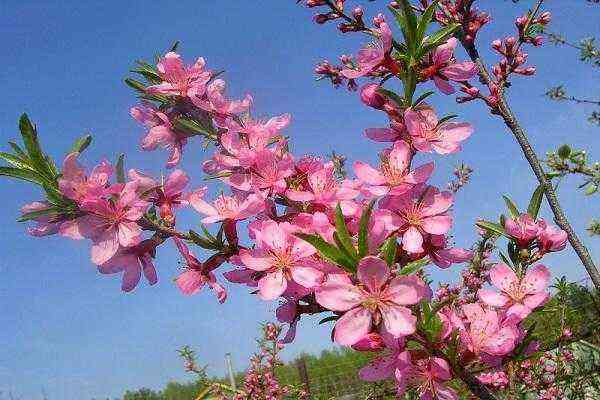

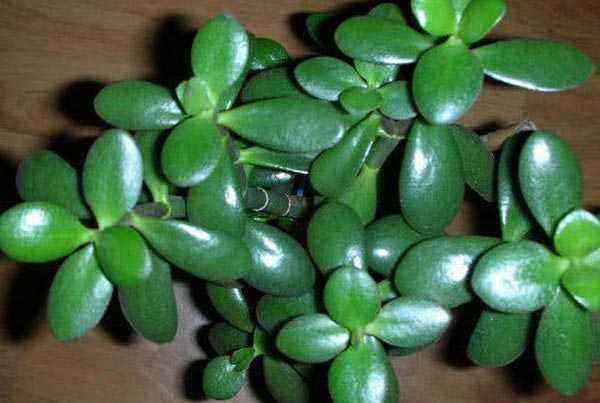
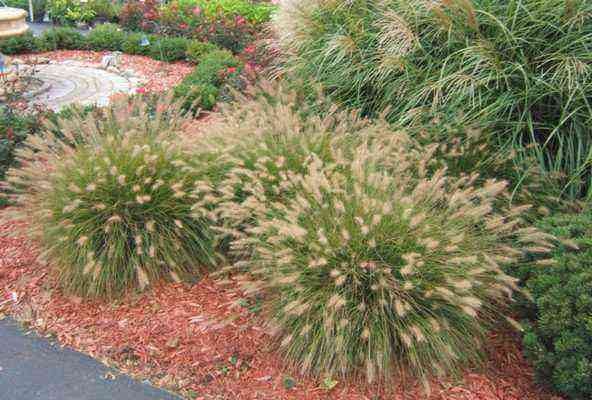
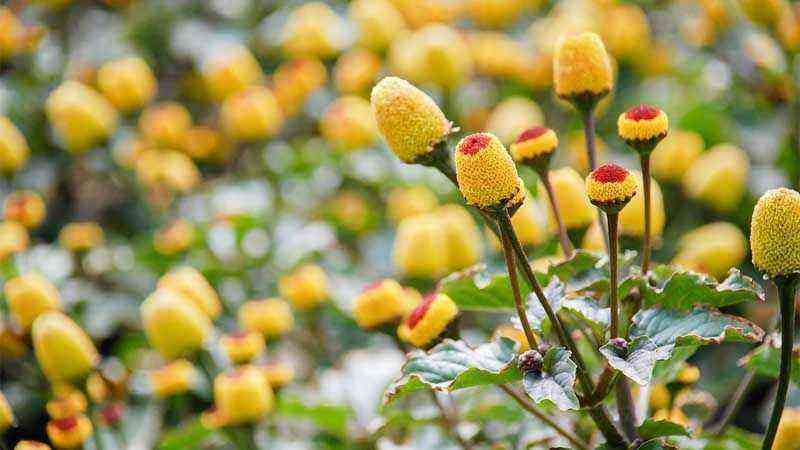
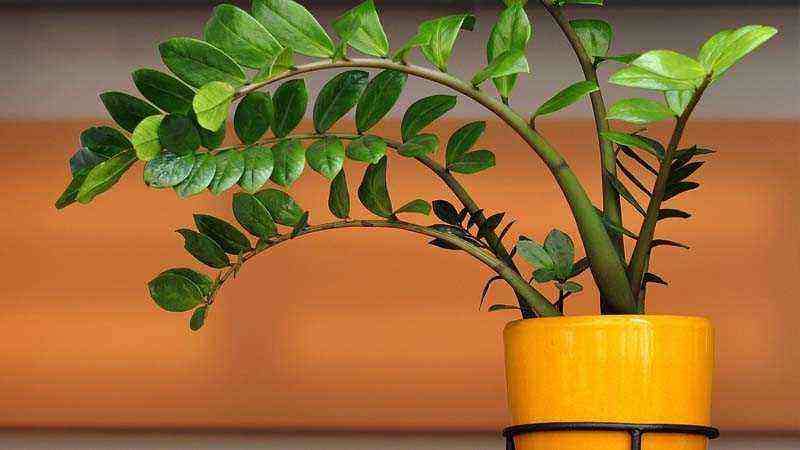

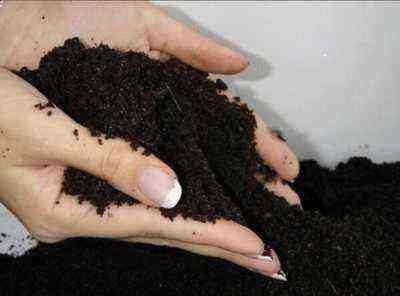
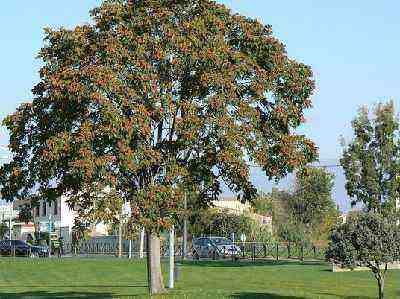
![Cultivation of Manihot esculenta [Cassava, Cassava] Cultivation of Manihot esculenta [Cassava, Cassava]](https://farmer-online.com/wp-content/uploads/2021/05/Cultivation-of-Manihot-esculenta-Cassava-Cassava.jpg)
